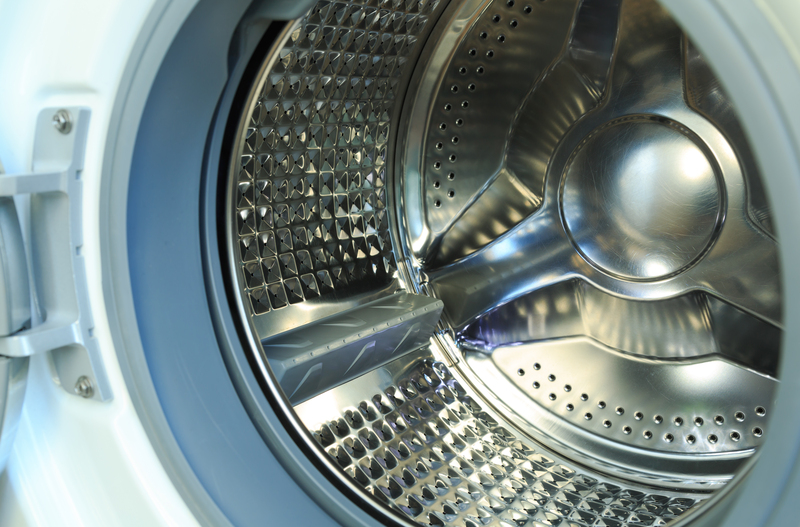Proper Care for Satin Items
Posted on 13/04/2025
Satin, renowned for its luxurious feel and elegant appearance, is a favorite choice for fashion items and home decor. However, maintaining its beauty requires specific care techniques. This guide will provide you with essential tips to ensure your satin items remain in pristine condition.
Understanding Satin Fabric
Satin is not a type of fiber but rather a weave that can be made from various fibers, including silk, polyester, and acetate. The intricate weaving pattern results in a glossy, smooth surface on one side and a dull finish on the other. The fabric's delicate nature necessitates gentle handling and maintenance.

Washing Satin
Washing satin items can be tricky, as the fabric is prone to snagging and discoloration. Here are some guidelines:
- Check the Label: Always refer to the manufacturer's care instructions. Some satin items are labeled dry-clean only, while others can be hand-washed.
- Hand Wash: To preserve the integrity of the fabric, opt for hand washing with cold water and a gentle detergent. Avoid wringing or twisting the material.
- Use a Mild Detergent: Select a detergent specifically formulated for delicate fabrics. Harsh chemicals can weaken the fibers and cause the fabric to lose its sheen.
Drying Satin
Properly drying satin items is crucial to avoid damage:
- Avoid the Dryer: Machine drying can be too harsh. Instead, lay the item flat on a clean towel and roll it up to remove excess water.
- Air Dry: Lay the satin item flat on a drying rack away from direct sunlight. Avoid hanging it, as this can distort the fabric's shape.
Ironing Satin
Satin tends to wrinkle, but ironing requires caution:
- Use Low Heat: Set your iron to the lowest setting to avoid scorching the fabric.
- Use a Press Cloth: Place a clean cotton cloth between the iron and the satin to prevent direct contact and potential damage.
Storing Satin Items
Proper storage is essential to prolong the life of satin garments and linens:
- Avoid Plastic Bags: Plastic can trap moisture, leading to mildew and fabric damage. Use breathable garment bags or cotton pillowcases instead.
- Fold with Care: When folding, place tissue paper between the folds to prevent creasing.
Pros and Cons of Satin
Like all fabrics, satin has its advantages and disadvantages:
Pros:
- Luxurious Feel: Satin has a smooth and silky texture that feels fantastic against the skin.
- Elegant Appearance: The high sheen of satin makes it ideal for formal wear and upscale home decor.
- Durability: When made from high-quality fibers, satin can be quite durable if properly maintained.
Cons:
- Requires Special Care: Satin's delicate nature means it requires more attention and care than more rugged fabrics.
- Prone to Snags: The smooth surface can easily catch on sharp objects, leading to unsightly snags.
- Potential for Water Spots: Satin can show water spots, making careful handling during washing and drying crucial.
Top Tips for Satin Care
- Always Test First: If you're unsure about washing or treating a satin item, test a small inconspicuous area first.
- Avoid Excessive Wear: Limit wear and exposure to harsh conditions to prolong the life of satin items.
- Professional Cleaning: When in doubt, consult a professional cleaner experienced in handling delicate fabrics.

Takeaways
Proper care for satin involves gentle washing, cautious drying, low-heat ironing, and careful storage. Understanding the pros and cons of satin can help you make informed decisions about its use and care.
Conclusion
Satin items are an investment in luxury and elegance. By following the recommended care guidelines, you can ensure that your satin garments and linens retain their beauty and longevity. Remember, treating satin with the utmost care will preserve its exquisite look and feel for years to come.
Proper maintenance is key to enjoying the full allure of satin, making it well worth the extra effort required.







